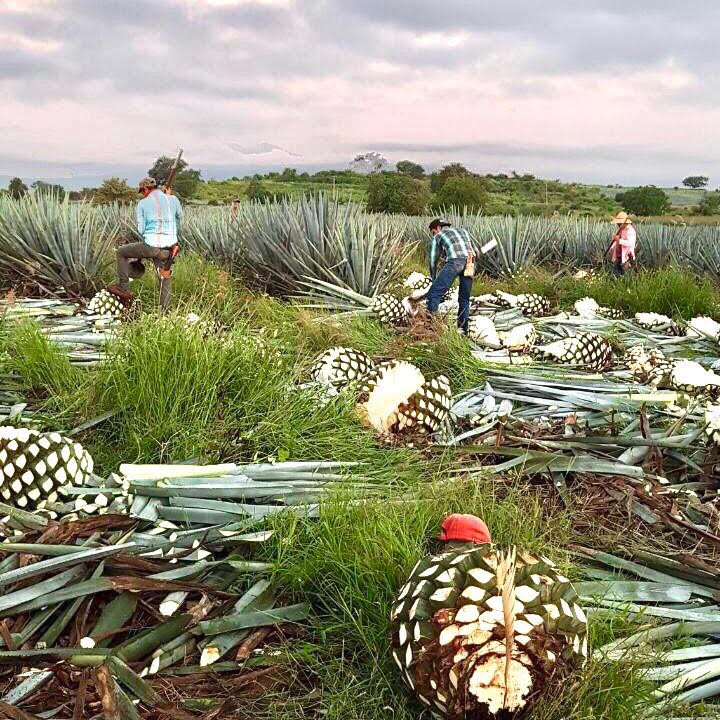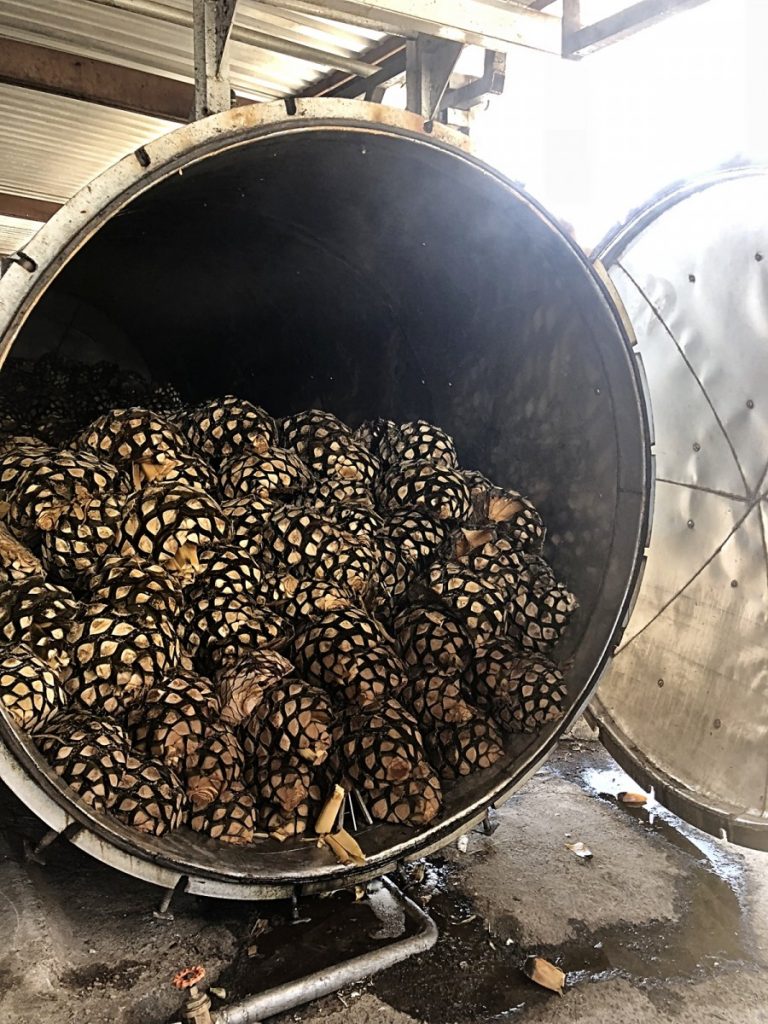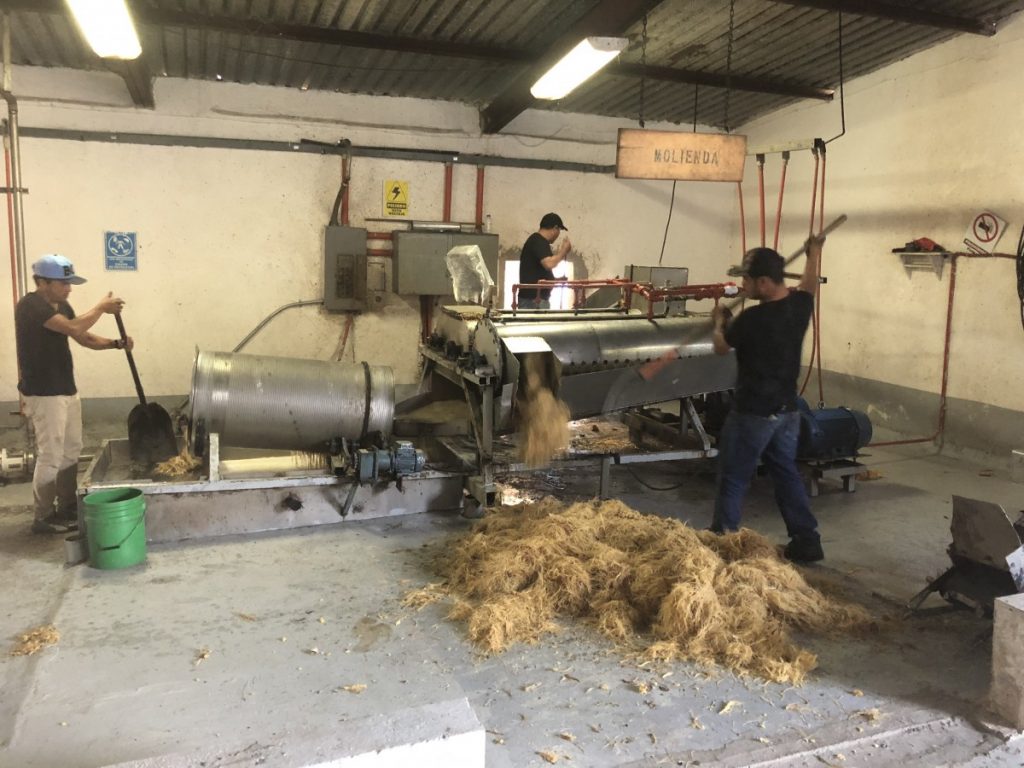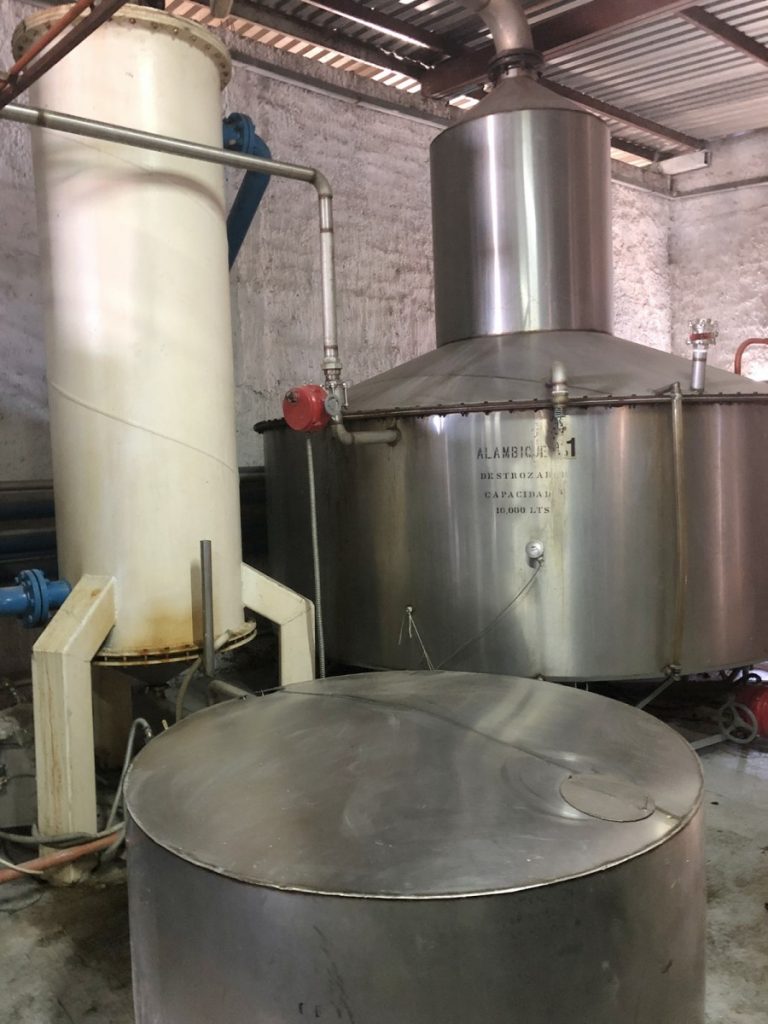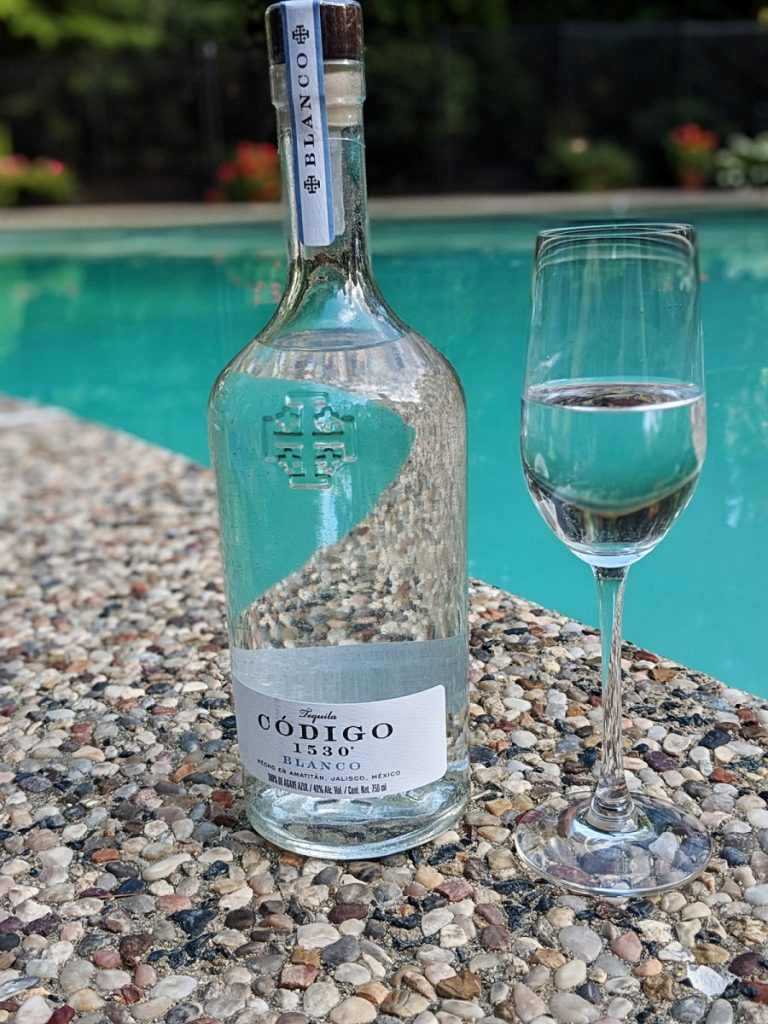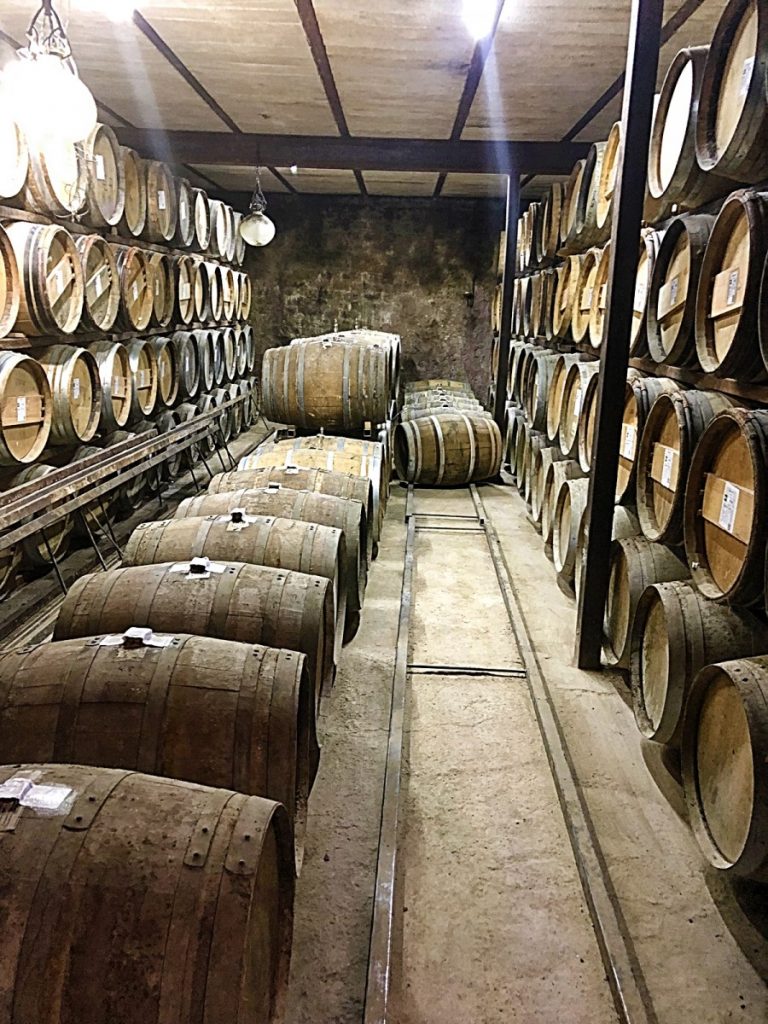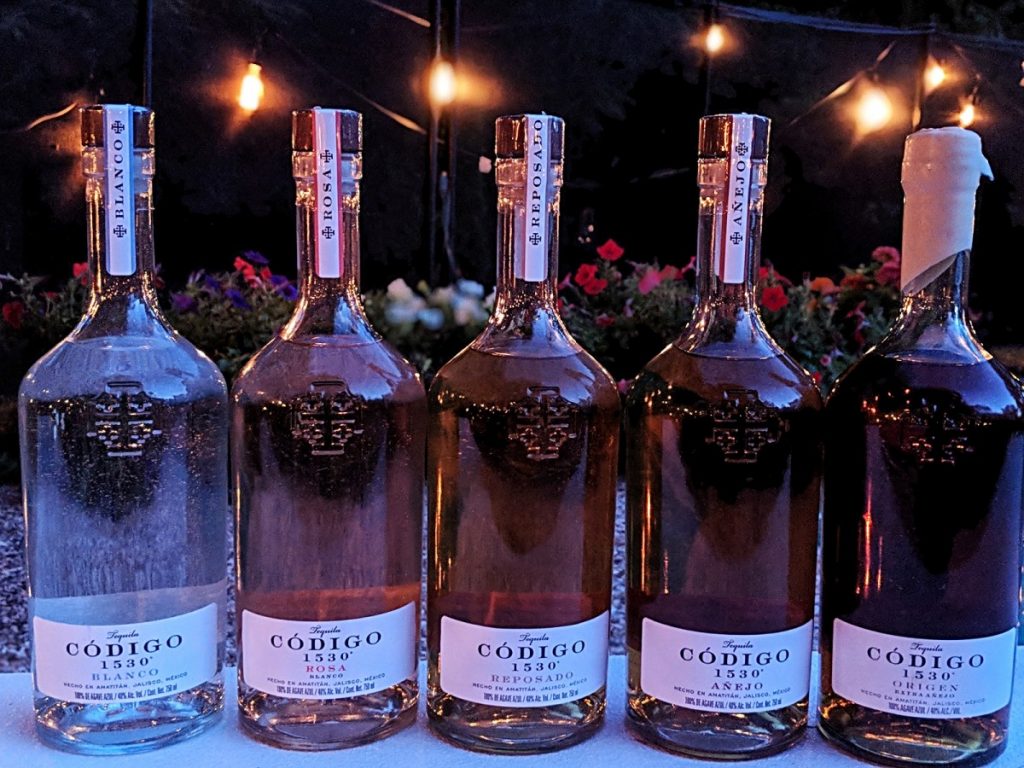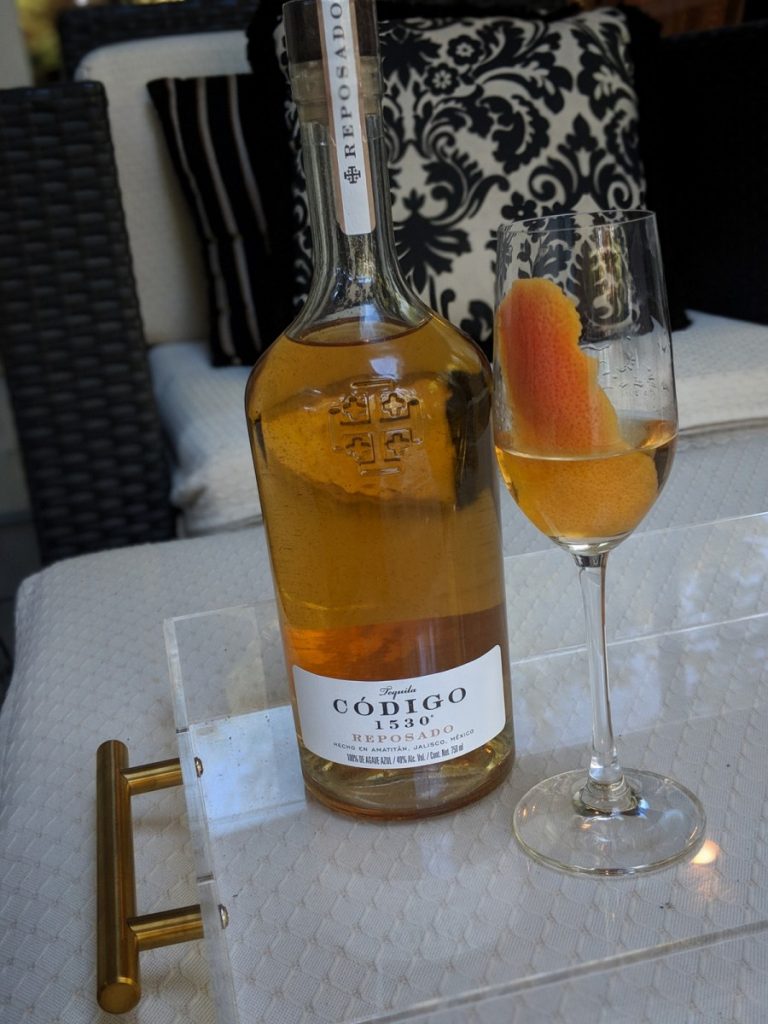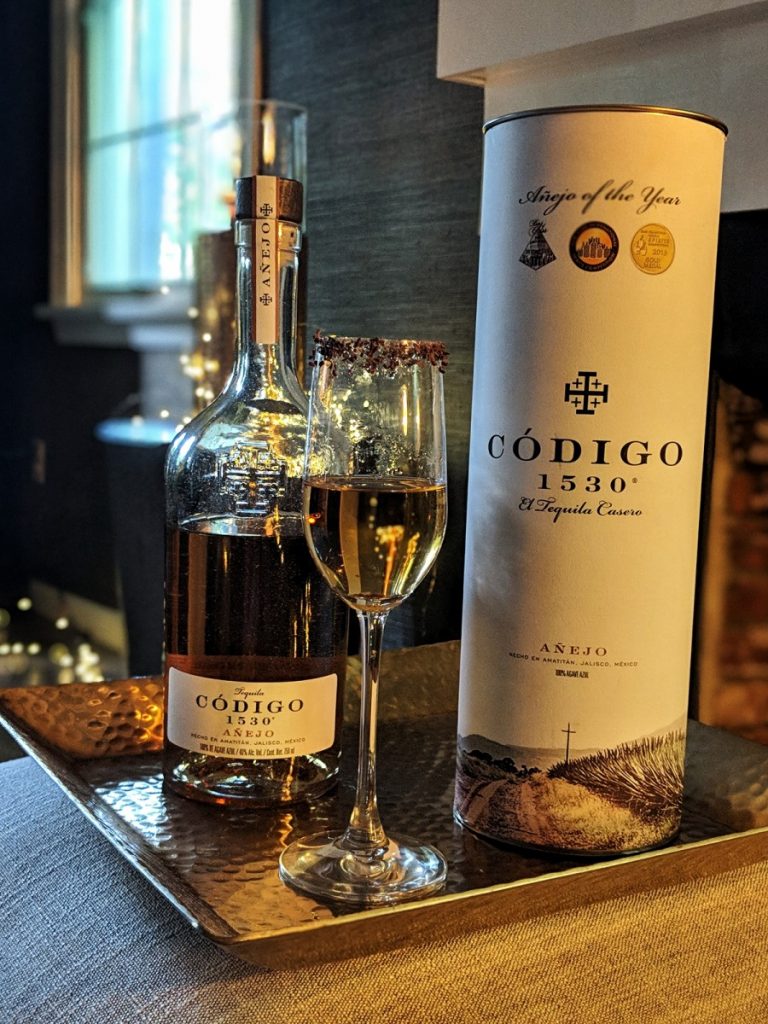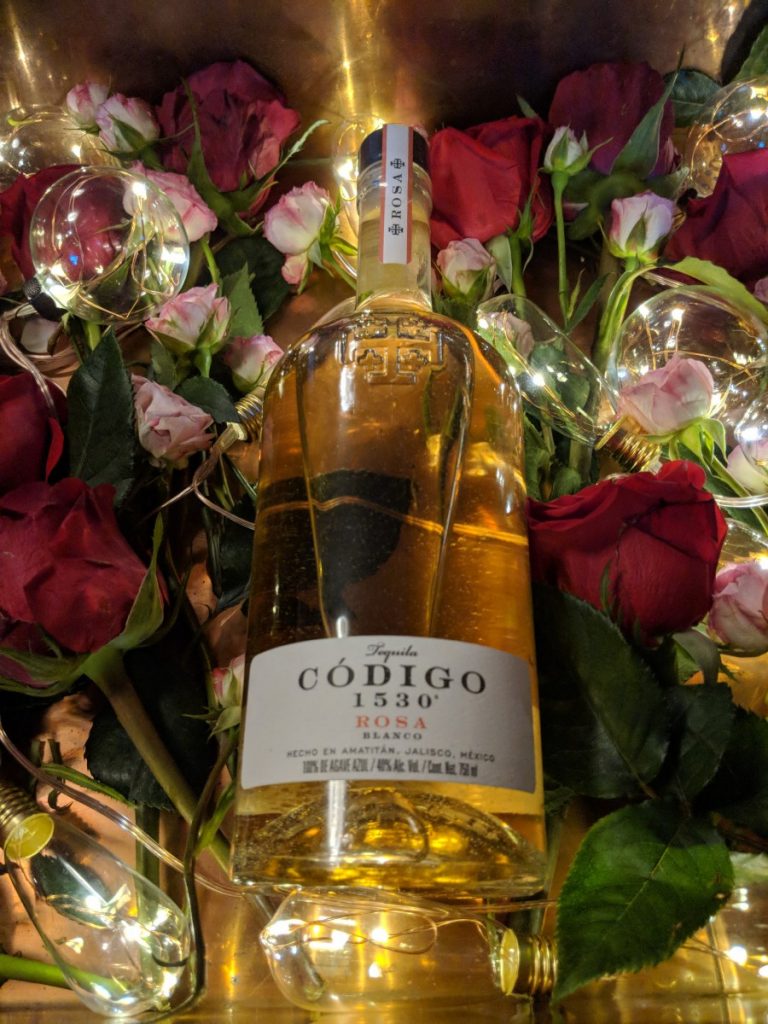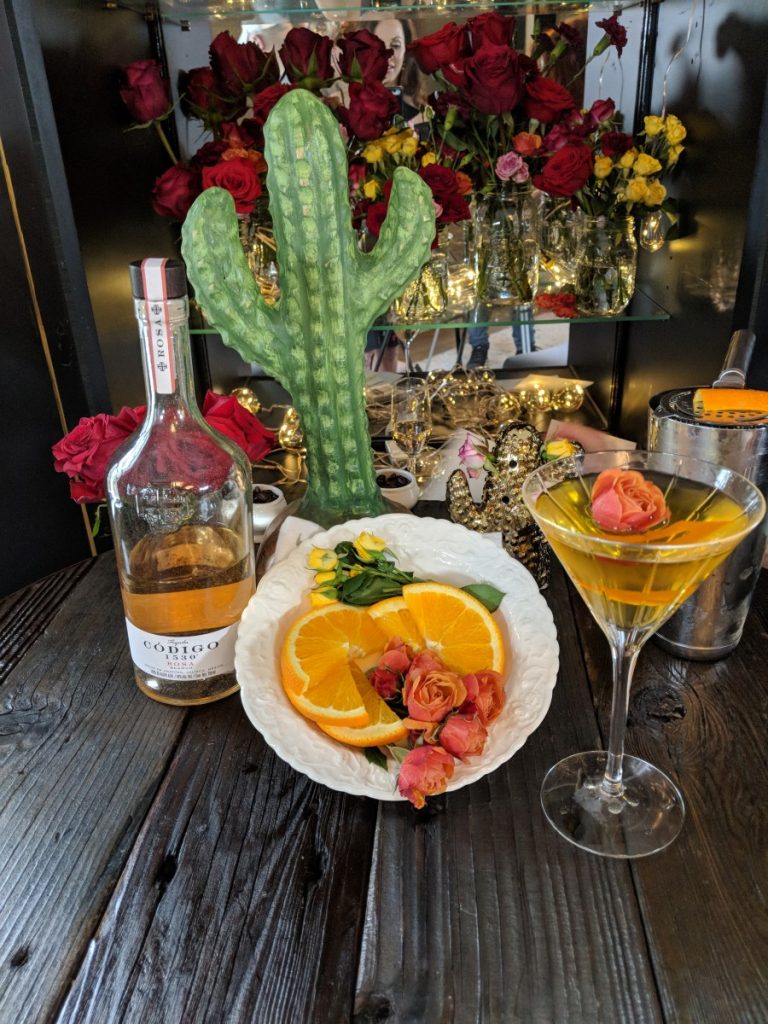As a kid, I was taught, “If a thing is worth doing, it is worth doing well.” This idiom has stuck with me and perhaps created a little bit of an internal perfectionist.
When I see someone else or an organization who has this same ingrained value, I want to give them a high-five. Without this belief of doing and creating things to the best of our ability, the standard’s bar would drop and everything around us would quickly sink into mediocrity, or worse, to an abhorrent quality.
As a society, we owe it to ourselves and each other to be our best and create the best.
From cooking to communicating with each other to construction to Tequila- do it right. Yes, even Tequila. Bet you didn’t see that one coming from an age-old quote.
What Is Tequila
Making Tequila is a perfect example of when the job needs to be done correctly. First of all, if a distiller doesn’t follow the basic formula, the country of Mexico won’t even consider the product to be Tequila. Mexico has strict regulations on one of its prized exports. To be a true Tequila, a distiller needs to meet the following qualifications:
- Be made in the state of Jalisco and parts of the states of Guanajuato, Michoacán, Nayarit, and Tamaulipas
- Must be at least 40% alcohol (80% proof to be exported to the US as Tequila)
- Contain three ingredients:
- Water
- Yeast
- Blue Weber Agave (To be just Tequila there needs to be only 54% Blue Weber Agave, 100% Tequila must have 99% Blue Weber Agave)
While meeting these qualifications is a necessity, if a distiller follows only the basic formula and doesn’t put in that extra special love and care, then they create a subpar product that pulls down the entire Tequila category simply by association. Thumbs down to anyone who intentionally brings down those around them.
It’s no secret I’m a big fan of Tequila. As I’ve gotten older, I’ve learned a premium spirit is to be appreciated the same way as a fine wine. Just like a fine wine, an exceptional spirit is someone’s passion. Being able to hold and sip that passion is a beautiful thing. It’s a job that had been done well. To learn more about what that means when applied to Tequila, I turned to Codigo 1530 Tequila.
Codigo 1530 produces a generations-old Tequila recipe that for decades was produced only for private consumption in Jalisco, Mexico. Influential Mexican families had access to this private Tequila that followed the strict “Codes and Conduct” of Tequila production. But, good products should be shared. So, within the past decade, the families brought this private premium Tequila to market as Codigo 1530. It has since been recognized for its purity and exceptional quality. Read more about the brand and all of the Codigo 1530 expressions here.
Making Tequila
As far as history can tell, Tequila has been in existence for just over 350 years. And no, it shouldn’t have a worm it in. You can find that lifeless, alcohol-soaked moth larvae in the bottom of a bottle of Mezcal, not Tequila (and not the good Mezcals). Gimmicks like worms and additives throw a smoke screen in front of the consumer, making it hard to distinguish the real quality products.
Codigo 1530 took the time to explain that all Tequilas are made by a seven-step process. Codigo 1530 goes above and beyond the accepted standards of each step to create a perfectionist’s Tequila. Ah, a company after my own heart!
Those seven steps are as follows:
Step 1 – Harvesting
Step 2 – Cooking
Step 3 – Extraction
Step 4 – Fermentation
Step 5 – Distillation
Step 6 – Aging
Step 7 – Bottling
For Codigo 1530, those seven steps have a few nuances that create a premium product. Let’s delve a little more into how Tequila is made and what makes an exceptional Tequila.
Harvesting
To be 100% Tequila, the spirit must be made with Blue Weber Agave. However, there is a provision that allows a company to include 1% additives, such as caramel coloring, glycerin, oak extract, or sugar-based syrups. Codigo 1530 does not lean on that provision. Their product is made with 100% Blue Weber Agave. The color comes from being aged in charred French White oak barrels and the flavor from the process and quality of the agave. (More on that in a bit.)
These succulent desert plants have a heart that is rich in starches. The heart is called a pina. During the harvest, the jimador (harvester) removes the leaves with a specialty tool called a Coa.
Furthermore, the blue agave Codigo 1530 selects must be:
- Mature plants, at least seven years old
- Meet the starch content or Brix level of 32 (most distilleries accept any level above 18). Brix, by the way, refers to the sugar content.
Harvesting of locally-Sourced Fully Mature Blue Weber Agave for Codigo 1530
Cooking
Prep and presentation are important. But if you fail at cooking, nothing matters. Taste is everything. While some distilleries cut corners in the cooking process by using a diffuser or baking the pina, Codigo 1530 steams these precious meaty centers. Handmade ovens allow Codigo to exact the perfect steaming time per batch.
This process brings out the soft, sweet agave flavor, rather than stifling it through a sub-par process. When the pinas are cooked, the starch turns into simple fermentable sugars. This is where the Brix level is essential; the higher the Brix level, the more fermentable sugar, and the more of that delicious candied lemon agave flavor in the glass.
Codigo 1530 Custom Steamer
Extraction
While many distilleries primitively squash the cooked pina on a Tahona grinding wheel- much like squashing the pith and all of a grapefruit, Codigo 1530 has a proprietary chopper that allows extraction of only the meat and pulp where that precious agave juice exists.
Aiming for only the heart of the pina and not the surrounding skin reduces any bitterness that might reside in the rind.
In the standard extraction process, water is sometimes still added to the cooked pinas (skin and all) and pressed to release even more juice, dulling the bright agave flavor.
Because Codigo does not “suck the pina dry” they only extract 25% of the juice from the first press. This means on average, 10 KG of agave pinas go into 1 liter of Codigo 1530 Tequila. The norm to produce 1 liter of Tequila is 3-6 kg.
As you can see in this photo, the unnecessary parts of the pina are removed and not included in the pressing process.
Fermentation
If you want to create alcohol, you need to ferment the sugars. In Tequila, yeast eats the agave sugars and produces alcohol as a byproduct. On average, this fermentation process lasts about 7 to 12 days in open-air, stainless steel vats.
Many different types of yeast are used, from natural yeast that grows on the agave leaves to the usual process of industrial distiller’s yeast.
Codigo 1530 uses a local organic backer’s bread yeast from a family bakery in Amatitán, where the distillery is located. This might take a little longer than other methods, but it creates a more vibrant flavor in the end product.
Distillation
Tequila is distilled when the fermented liquid is heated to separate the alcohol. This occurs during two processes, which results with the Blanco Tequila.
Codigo 1530 employs this simple two-step process. The water they are using is fresh spring water filtered through the nearby volcanic soil. The distinctive factor is Codigo 1530 does not add any chemicals, flavors, or sugars during this process.
Aging
Not all Tequilas have to be aged. A Blanco can go to market after 0 to 2 months. In fact, the less aging time for a Blanco, the better. Codigo 1530 does not age the Blanco at all; it is immediately bottled to preserve the quality of the spirit.
You can read more about the different expressions of Tequila and how they are aged here. From Codigo’s Rosa Tequila all the way to the Extra-Anejo one of the ways Codigo is “doing it right” is in the quality of wood used to age the Tequila.
Award-winning Napa Cabernet French white oak barrels are carefully chosen. This is important as the grain of the wood is tighter, allowing the wood to “breath in” less of the agave alcohol, maintaining the agave flavor, yet with a subtlely different finish.
Bottling
As mentioned earlier, to be a true Tequila, it must be produced and bottled in the Jalisco Mexico, and the sanctioned municipalities of Guanajuato, Michoacán, Nayarit, and Tamaulipas.
Codigo 1530 is not outsourced from other distilleries. It is distilled, bottled, labeled and packaged by hand at their distillery in Amatitán, Jalisco. The design and meaning behind the bottles indeed complete a job well done.
The simple glass-blown bottles are reminiscent of the glass jugs the founding families would take to the distillery for generations to fill up with the private Tequila and then place at the center of their table for a celebration or an evening of relaxation and conversation.
The label is small and simple so you can see the color of the product inside. Embossed into the glass on top of the bottle is the Jerusalem Cross, which is the Jalisco Coat of Arms and represents when Amatitán was officially recognized as a city. This coat of arms symbolizes the struggle of the people to achieve anonymity and the codes and conduct by which they would live their lives. “Codigo” is rich with meaning. One of which is taking pride in one’s work, which is evident in this beautiful Tequila.
It warms me to know companies like Codigo 1530 are living The Haute Life – following their life’s passion and doing the job well.
Truth be told, the Tequila warms me a little bit too- and there’s no shame in admitting that! 😉

